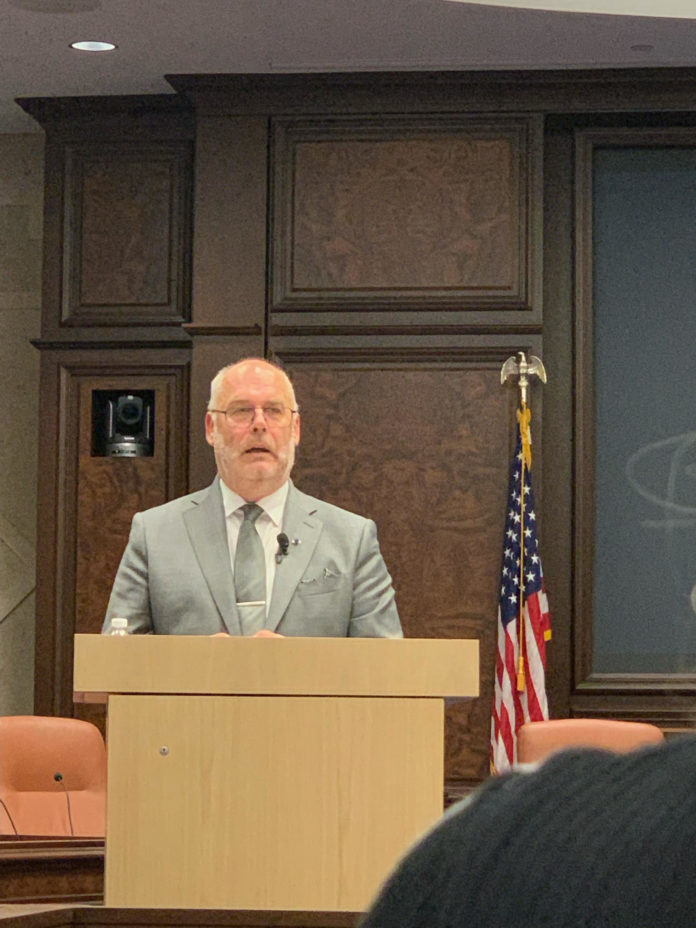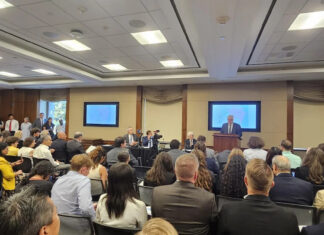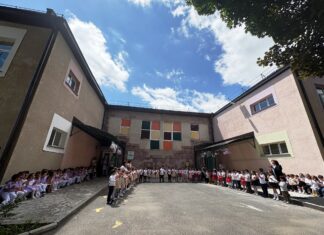By Mihran Aroian
Special to the Mirror-Spectator
Last week, I had an opportunity to attend a lecture by Alar Karis, the president of Estonia. After attending meetings at the United Nations, President Karis came to Austin for the opening of the U.S. headquarters of two Estonian companies, Clevon and EyeVi Technology. As a former Soviet Republic, Estonia has become the poster child for the greatest economic success story from the dissolution of the USSR. I wanted to learn why Estonia, with a population of 1.3 million, half the population of Armenia, has a Gross Domestic Product (GDP) that is three times that of Armenia and an average income of five times Armenia. Both Armenia and Estonia declared independence in 1991, yet they have been on very different economic paths.
Estonia is not a country that I have given much thought to over the years. If you have every used the video conferencing program Skype, this was originally created in Estonia before being purchased by Microsoft. Estonia’s neighbors are Finland, Sweden, Latvia, and a 200-mile border with Russia. What a fascinating story President Karis shared on how Estonia immediately upon independence invested in their people and infrastructure. Today, Estonia is known for their embrace of the digital revolution. Part of their branding is that they consider themselves the first “Digital Republic,” claiming that 99 percent of public services are digitized. President Karis asserts that virtually everything that can be done electronically is performed electronically, except for marriage and divorce.
No question digitizing public services in Armenia will certainly be helpful as well as save time and money. However, this does not explain why Estonia has been so successful. I believe it really comes down to two main factors. Estonia is geographically located in Europe, and when they looked west for economic motivation, they embraced the EU and the European mentality. Armenia never had such an opportunity, and if you look at Armenia’s neighbors, they are far from shining economic examples. You can make that same argument about Israel, except that the political strength of the Israeli diaspora has been a key point of differentiation, which Armenia needs to improve upon as discussed later.
The other factor in favor of Estonia is the opposite level of corruption that Armenia has endured over the decades. While Estonia was heavily investing in their infrastructure and people, Armenia was still following the Soviet model of corruption, oligarchs, and generating wealth for the few. Obtaining verifiable figures is difficult but it is estimated that former Armenian President Robert Kocharyan has a net worth of $4 billion and former President Serzh Sargsyan has an estimated net worth north of $300 million. In comparison, the four former presidents of Estonia: Lennart Meri, Arnold Rüütel, Toomas Hendrik Ilves, and Kersti Kaljulaid have a combined estimated net worth of about $8 million.








